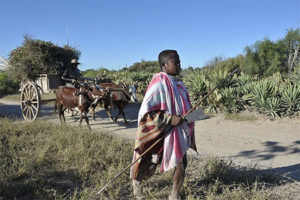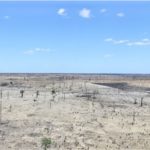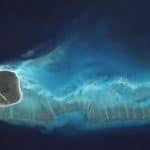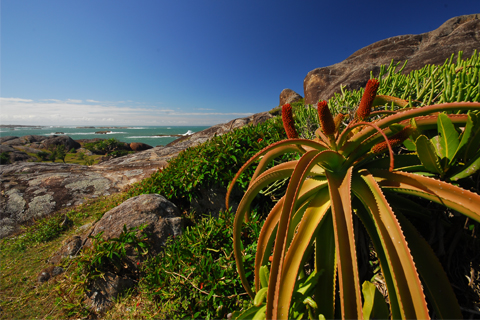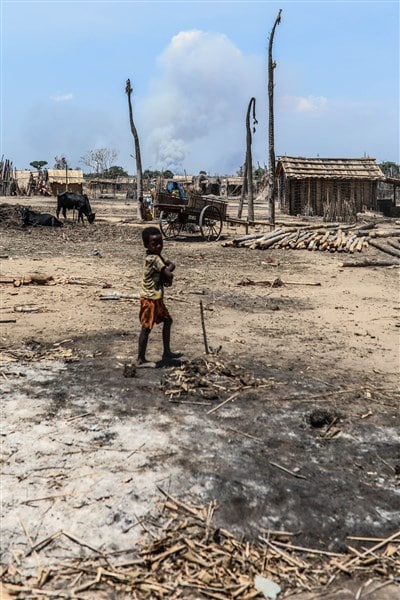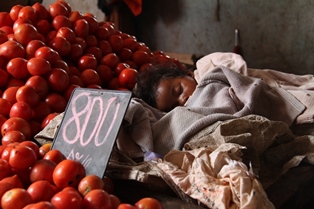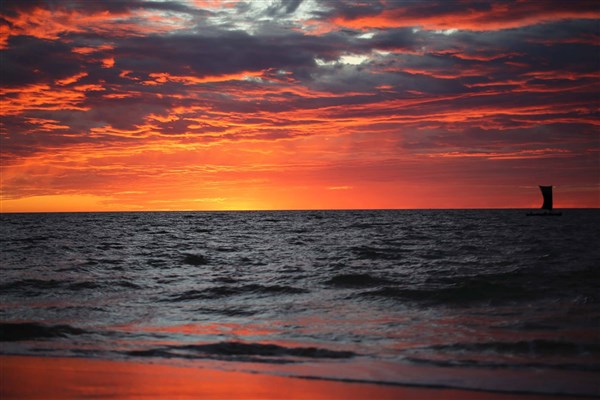Madagascar: Drought and food shortages in the extreme south.
The phenomenon is recurring in this area and promises to be even more challenging this year. The latest Food Emergency Survey (April 2020) estimates that 1.6 million people in the Deep South face difficulties in accessing food due to drought, including 500,000 who are severely food insecure and in urgent need of assistance.
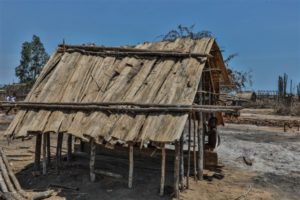
In addition to the effects of the drought, constraints related to the Covid 19 epidemic are exacerbating the situation in the area by limiting households' access to diversified food in local markets.
Kere-the time of empty reserves
The south is currently in a period of "kere", sweating. This is the time before the first harvests and when the grain from the previous harvest is missing because the reserves are empty.
Having already experienced several years of crisis, households are severely affected and unable to cope with a new emergency situation.
The families have already sold most of their means of production, such as their zebus.
Many are reduced to eating prickly pears, which grow on cactus leaves and can be found at market stalls, or mangoes, which are rolled in ash to satisfy hunger.
The situation in southern Madagascar is repetitive and yet no lasting solution has been found.
The famine threatens the lives of many families in the south of the country.
Several districts in the Androy and Anosy regions are now facing famine after an exceptionally severe drought.
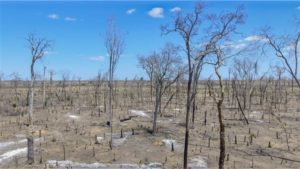
Famine threatens the lives of families in the south of the country. Several districts in the Androy and Anosy regions are now facing famine after an exceptionally severe drought.
The lack of abundant rainfall in the Amboasary region is related to the El Nino climate phenomenon.
92% of the population below the poverty line.
This food crisis comes after already three difficult years in southern Madagascar, one of the poorest countries in the world, where 92% of the inhabitants live below the poverty line.

Will part of the money this time the Amboasary region reach to build infrastructure, especially roads that are in disastrous condition?
What solutions are there to curb famine in the south of the country?
You can't control the droughts, but you can stop the hunger and quench the thirst. To do this, water management must be improved and irrigation expanded.
The future will show. This region of the country has always been "forgotten" by the authorities.

